Approach to Seating Arrangement Puzzles
Seating arrangement is one of the important, recurring and easy topics in Aptitude based competitive exams. One just requires to comprehend the information quickly, apply one’s imagination, fill in the missing pieces and have a good sense of direction to solve these questions.
The various types of seating arrangement questions that one comes across are as follows:
- Linear arrangement (Single row arrangement)
- Double row arrangement
- Rectangular arrangement
- Circular/Polygonal arrangement
Steps to solve Seating arrangement Puzzle
Though each of the above type of questions has its own idiosyncrasies, the following rules of thumb may be applied to each one of them:
Find out the Dimensions involved
Read the entire puzzle and understand the statements correctly. Try to find out the number of dimensions involved in the question. This will give you an idea of the difficulty level of the question set. Any seating arrangement set can be based on a single or more dimensions, e.g. order of the sitting arrangement, relations between the people, professions of the people etc.
Generally more the dimensions involved, the more difficult it becomes to solve a particular set.
Construct a diagram
Construct a diagram to represent the information given in the question set. It’s essential to clearly identify the directions while doing so.
In case of persons sitting in a single row, all facing the same direction, the diagram may be drawn as follows:

In case of persons sitting in two rows facing each other, the diagram may be drawn as follows:

In case of persons sitting around a circle/rectangle/square, facing the centre, the diagram may be drawn as follows:
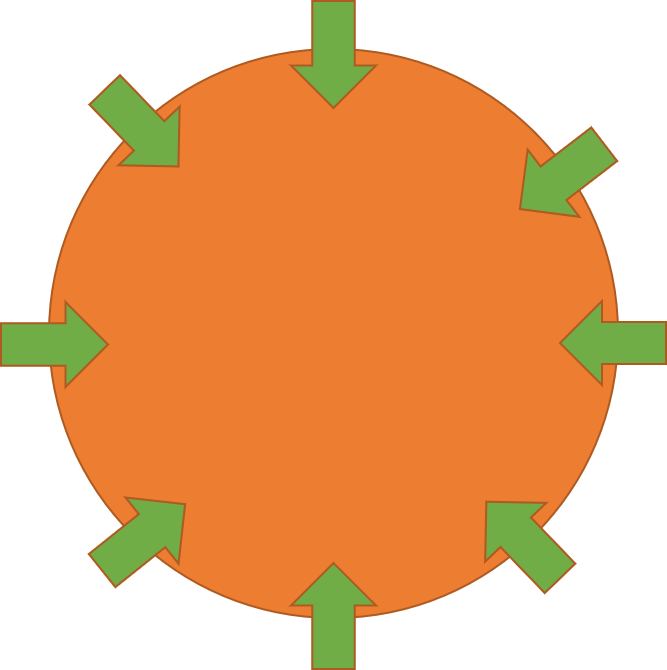
One may note that in such cases, if the statement says that A is seated to the left of B, it means that to move from B to A one has to move in clockwise direction. Similarly, if the statement says that A is seated to the right of B, it means that to move from B to A one has to move in anti-clockwise direction.
In case of persons sitting around a circle/rectangle/square, facing away from the centre, the diagram may be drawn as follows:
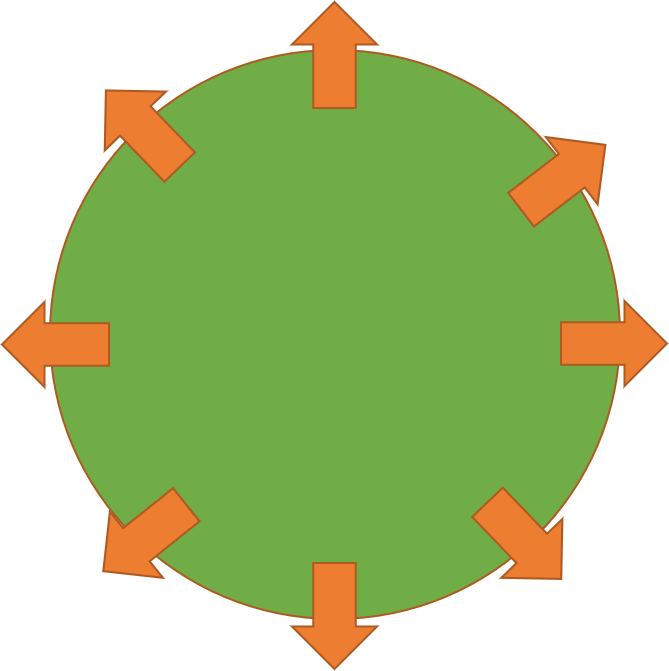
Now, if the statement says that A is seated to the left of B, it means that to move from B to A one has to move in anti-clockwise direction. Similarly, if the statement says that A is seated to the right of B, it means that to move from B to A one has to move in clockwise direction.
Fill-in the data in the diagram(s)
Now, once the rough sketch of the sitting arrangement is drawn, the next obvious step will be to complete the diagram using the information given in the question.
In seating arrangement puzzles (in fact in any puzzle set in general), you will find three kinds of data:
- absolute information
- definite-relative information
- indefinite-relative information
Identify the statements that give definite-relative or absolute information, rather than indefinite-relative information.
Let us clarify it further using a few examples.
Indefinite-relative information
Statement 1: A is to the right of B.
Information given in the above statement is indefinite-relative rather than definite-relative or absolute. The statement only says that A is to the right of B, but it does not specify how much far away A is from B. He may be just next to B or they may be having other people between them.
One other example of indefinite-relative statement may be as follows:
B is between A and C.
Though it’s quite evident that B is sitting between A and C, however the relative positions of A and C are not clear. So, they may be seated as ABC or CBA.
Such statements are not very useful in the initial stages of solving a question, but may come handy in the later phases to eliminate some of the probable cases.
Definite-relative information
Statement 2: A is third to the right of B.
Information given in the above statement is definite-relative as it clearly states that A is placed third to the right of B. However it’s still not absolute, as the position of B in the seating arrangement is not known.
Absolute information
Statement 3: A is sitting on the extreme right end of the row.
Information given in the above statement is absolute, as it’s not relative to any other person.
A student should try to find such statements in the question first of all. This is the metaphorical loose end of the string from where the seam of the question can be torn apart and one can arrive at the correct answers.
Find connecting information
Search for the connecting information. Once you have got a start using the information from one or more of absolute statements, try to build on from there.
Use the information given in definite-relative and indefinite-relative statements by connecting them to the information already known and depicted in the diagram.
Now let us consider an example to further clarify the above concepts.
Example
A, B, C, D, E. F, G and H are sitting around a circle facing the centre.
- B is sitting between G & D.
- H is third to left of B and second to the right of A.
- C is sitting between A & G.
- B & E are not sitting opposite to each other.
Who is facing F?
(a) A (b) B (c) C (d) G
Explanation
Normally, we may be tempted to solve the question by picking up information from the first point onwards in a serial order. But, that will not be a correct approach. We should be careful in selecting the points to solve the puzzle by searching first for absolute, or at least definite-relative information.
Here, statement 2 provides definite-relative information. Hence, we will start from it. The information provided in it may be represented in the form of a diagram as follows:
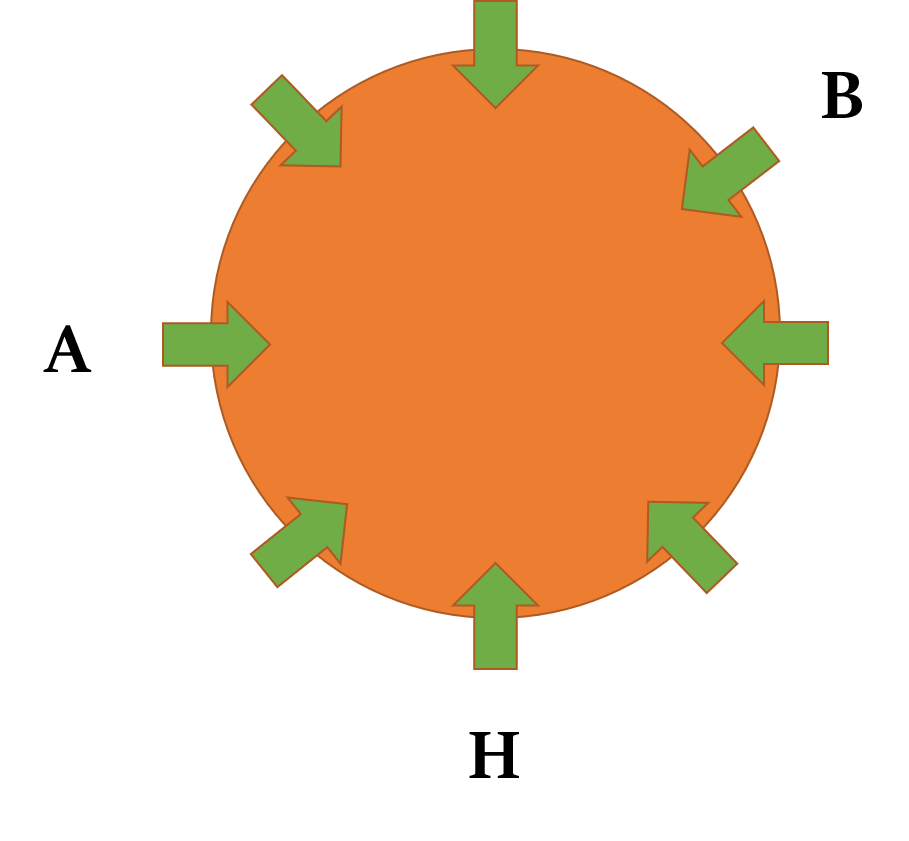
Now we may go on using the information given in the other statements to fill in the missing pieces of the picture. We will use the indefinite-relative information given in statements 1 and 3.
We know from these statement 3 that a triplet in the seating arrangement must be ACG or GCA. Hence, we get the following picture:
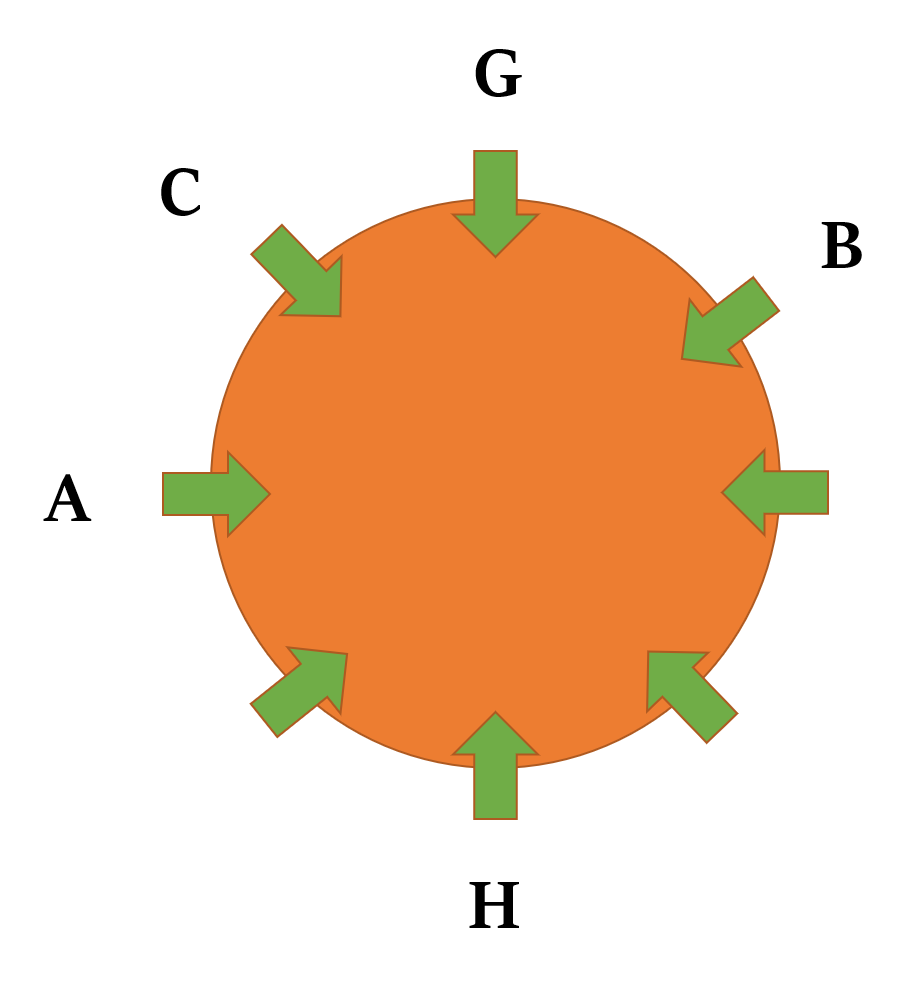
Now the other triplet as per statement 1 must be GBD or DBG. Hence, we get:
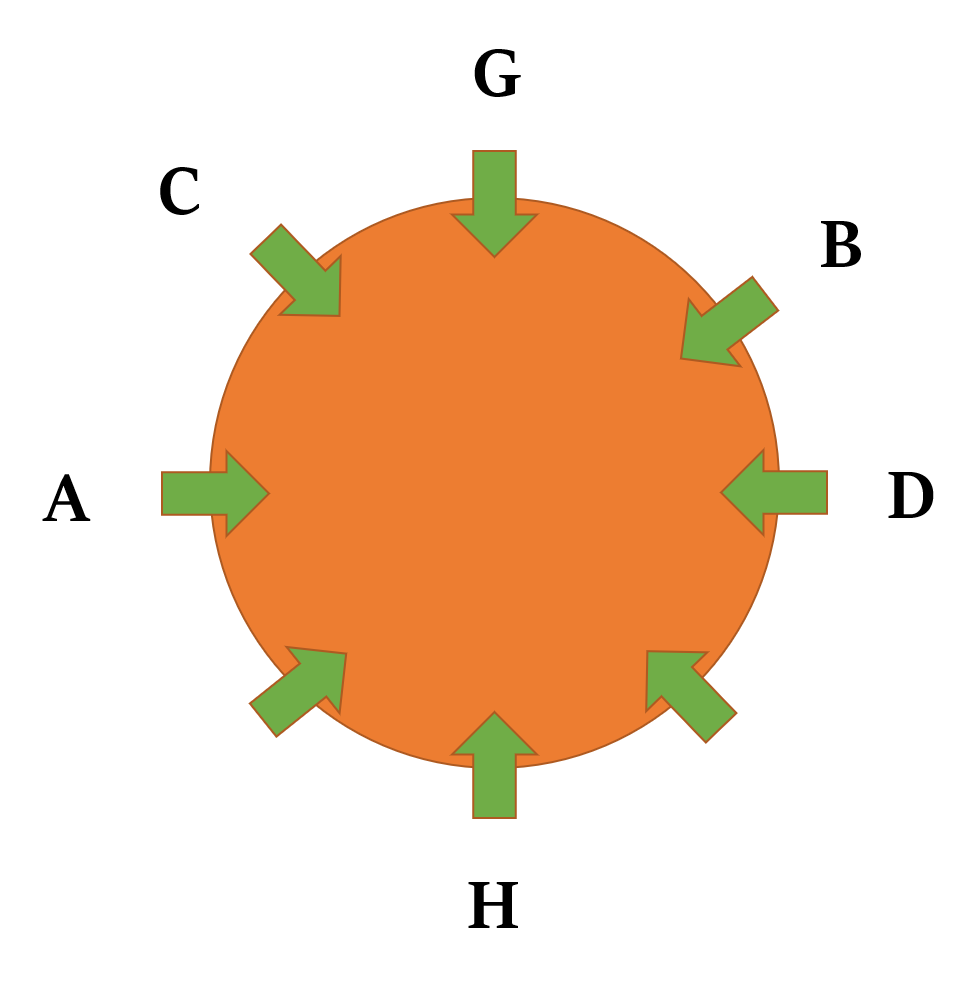
Now we may use the information given in statement 4 to complete the picture. As B and E are not sitting opposite to each other, it must be F who is sitting in front of B. E must be sitting in front of C then, as shown below:
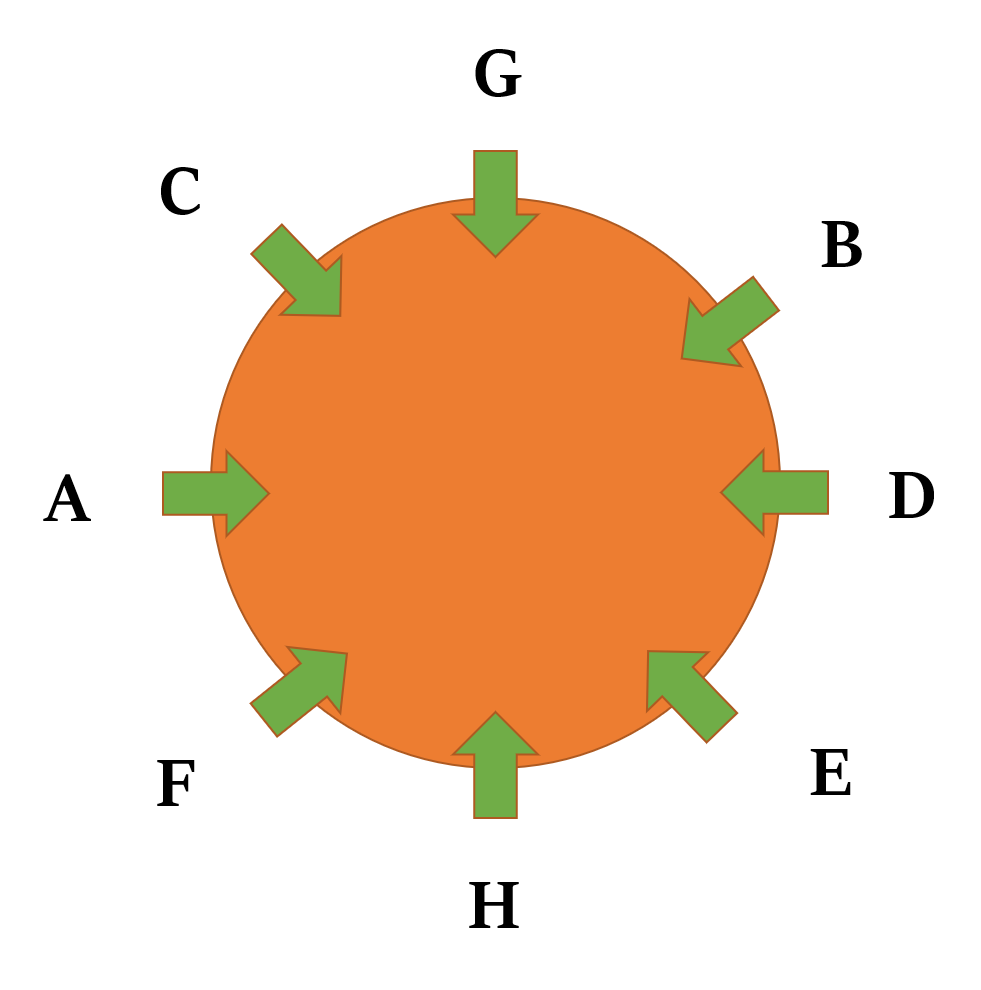
With a little practice you may be able to crack open such seating arrangement sets with comparative ease and within reasonable time. The key is to choose and pick the appropriate information and move on systematically. And yes, be cautious not to commit any silly mistake while doing so. Any mistake committed while solving such questions may take an exorbitant amount of time to be found out and rectified.
Question sets based on seating arrangements must fall in the strong zone of any serious candidate aspiring to crack any Aptitude exam. They are almost always there in the entrance exams of most of the institutions and must be scored.